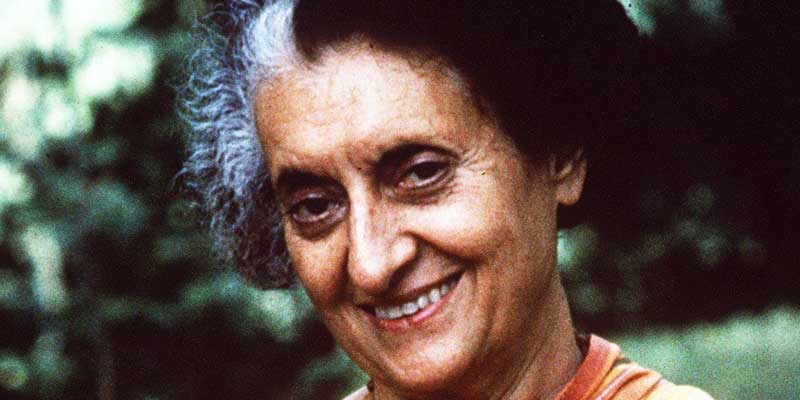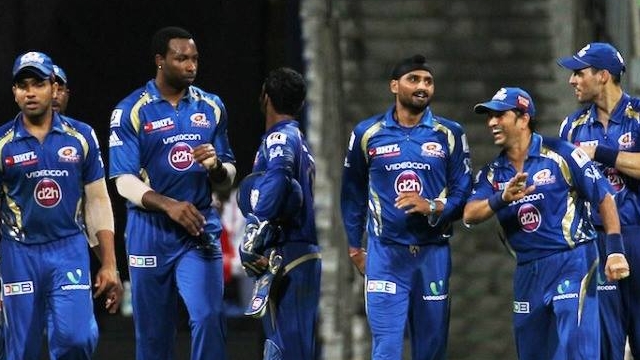A time will soon come when the Emergency will remain in history books and the remnants of the dictatorial past will be lost from the memories.
It was on this day that the democracy suffered a severe jolt 39 years ago. Many of us were not even born then.
And those who witnessed it were scarred for life. Revolts were suppressed, leaders were jailed, press was muted and people were treated as herds.
Yes, I am talking about that ill-fated 19 month long period of National Emergency that was imposed upon the country at the behest of former Prime Minister Indira Gandhi. It is truly an example when power goes awry into the hands of those who cannot hear ‘no’ or against themselves. And it was the fall of a political figure and dynasty due to illegal use of power.
The seed of the Emergency was sowed after Indira won second term as the Prime Minister of India. Her previous term was already marred in controversy, and she was using the advice of her younger son, Sanjay Gandhi, often. She was also found guilty in a case where Allahabad High Court had held her candidature as invalid and she was fighting to reverse the order.
The ‘JP movement’ was growing constantly and had called for a “Total Revolution”. He had also demanded the resignation of Indira. In fact, on June 25, 1975, he had announced a plan of daily demonstrations, not merely in Delhi, but also in every State capital and district headquarters until Indira Gandhi threw in the towel. He also appealed to the Army, the police and the bureaucracy “to refuse to obey Indira” and “abide by the Constitution instead”.
His associate Morarji Desai, who was one deputy to Indira in government, went a step further. In an interview to an Italian journalist he said, “We intend to overthrow her, to force her to resign. For good…Thousands of us will surround her house and prevent her from going out…night and day.”
Prominent writer Khushwant Singh, who was the editor of “The Illustrated Weekly of India” then, wrote: “By May 1975 public protests against Mrs. Gandhi’s government had assumed nationwide dimensions and often turned violent. With my own eyes I saw slogan-chanting processions go down Bombay thoroughfares smashing cars parked on the roadsides and breaking shop-windows as they went along. Leaders of opposition parties watched the country sliding into chaos as bemused spectators hoping that the mounting chaos would force Mrs. Gandhi to resign.”
In her desire to stick to the chair of prime minster, she chose to declare a national emergency on 25th June, 1975 on the ground of ‘internal threat’ to the security of India. This was the time when she assumed that she was ‘India’ and India was ‘Indira’.
Censorship was imposed on the press on date of declaration of emergency itself. On 5th August 1975, Maintenance of Internal Security Act (MISA) was approved by the parliament and a number of opposition leaders were detained under this law. Any person who was considered to be a political threat or who could raise the voice of opposition was detained without trial under the MISA.
According to Amnesty International, 1, 40,000 persons were arrested without trial during the emergency period. Many of the detained persons challenged their arrest through writs before various High Courts in the country under Article 226 of the constitution of India. But the right of writ was also taken away. The then attorney general Niren De contended in courts that the writ petitions should necessarily be dismissed since the right to move any court had been suspended and the detenues had no locus standi.
Both – mother and son (Sanjay) – were authoritarian in nature. One of the most controversial figures in politics, Sanjay, was accused of being the mastermind behind the atrocities committed during the emergency. It is widely believed that, through his associate Jagmohan, he ordered the demolition of Slums in Delhi’s Turkman Gate area. To make matters worse, both Sanjay and Indira Gandhi developed a Twenty-Point program which was very much dictatorial and anti-human in nature.
The most controversial agenda was the implementation of a family-planning programme. This programme was a result of Sanjay Gandhi’s so-called “vision” to contain population growth in this country. Officially, this exercise was supposed to be a voluntary one for both men and women. However, there were reports that government officials were forcing young unmarried men, the poor and in some cases even political opponents.
But Indira paid for her atrocities and her authoritarian nature with bitter defeat in 1977 elections.
Now the streaks of Emergency have been removed and the constitution of India has been made stronger so that no one can assume total power and pass dictatorship in the garb of “concern for the internal security’ of the country.
We have an elected government now which speaks of working for the people and serving them in the true sense of democracy. More than half of the population of the country was born after 1975. A time will soon come when the Emergency will remain in history books and the remnants of the dictatorial past will be lost from the memories.





